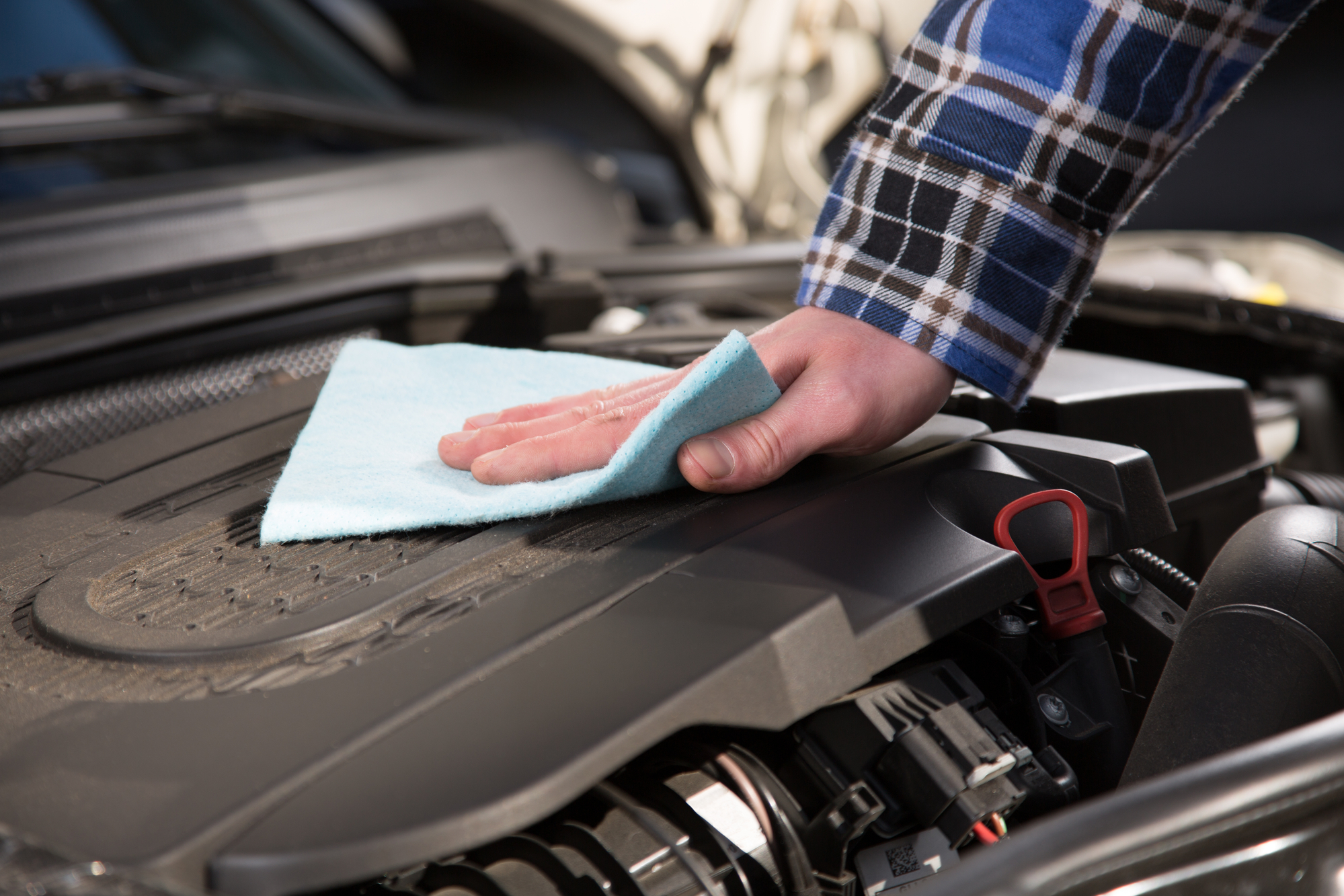Keeping your car’s engine clean is impossible without taking action, especially during a drought. A dirty engine isn’t just a cosmetic problem; it can lead to decreased performance and eventually cause damage. If you need to clean your car’s engine without water during a drought, the following tips will help you achieve excellent results.
Supplies You Need to Clean During a Drought
- An engine degreaser solution or cleaning wipes. If you use degreaser wipes, make sure to buy ones designed for cleaning car engines.
- Protective gear, including items like goggles, gloves, and a respirator mask to protect yourself from degreaser fumes and chemicals.
- Plastic bags to cover delicate engine components (air intake and electrical components) will help keep moisture away.
- A non-abrasive brush to help loosen up stubborn dirt and grime.
- Microfiber towels help to wipe away dirt and degreaser.
Prepare the Area
Before you start cleaning, you’ll need to do some prep work, including removing excess debris and covering delicate components with the plastic bags mentioned above. If the car’s engine is hot, let it cool off before you start cleaning.
Apply Degreaser
First, use a degreaser designed explicitly for car engines. Start by spraying degreaser on all the dirty and grimy areas. Let the degreaser sit for a few minutes to break down the dirt and grime.
It’s Time to Scrub
Use a brush to scrub the degreaser into the dirt and grime, loosening it up, so it’s easier to remove. There are brushes available shaped to fit between hard-to-reach areas as well. If you’re not using a brush, use your hands (wearing gloves, of course) and a microfiber cloth.
Wipe Away the Degreaser
Once you’ve scrubbed the area, it’s time to wipe away the degreaser and dirt. Use a clean microfiber cloth to do this. Be sure to go over the area several times until it’s completely clean.
Dry the Area
After degreasing the engine, it’s essential to dry it thoroughly. The moisture left behind can lead to rust and other issues if you don’t. Using microfiber towels, go over the area that you cleaned several times until it’s completely dry. You could also use a small hand dryer to speed up the process. Just don’t use too much heat because it can harm engine components.
Add Shine
After cleaning and drying the engine, you can add shine by applying a little polish with a microfiber cloth. There are products available that add shine and, in some cases, add a protective layer that makes cleaning the engine in the future easier.
Water Can Cause Engine Problems
Water can cause a lot of damage to a car’s engine, including costly electrical problems. If any water gets into the electrical system, it could short out components and cause many issues. Generally, it’s best to avoid using water to clean your engine – drought conditions or not. If you must use water, be careful and dry the area completely afterward.
Knowing how to clean a car engine without water comes with several benefits during a drought and otherwise. With the water-free engine cleaning tips listed here, you’ll enjoy a safer, smoother ride (having a lower risk of damage) and even decrease the environmental pollution. The most important thing to remember when cleaning your car’s engine during a drought is to carry it out with caution because you’re working with delicate components.






